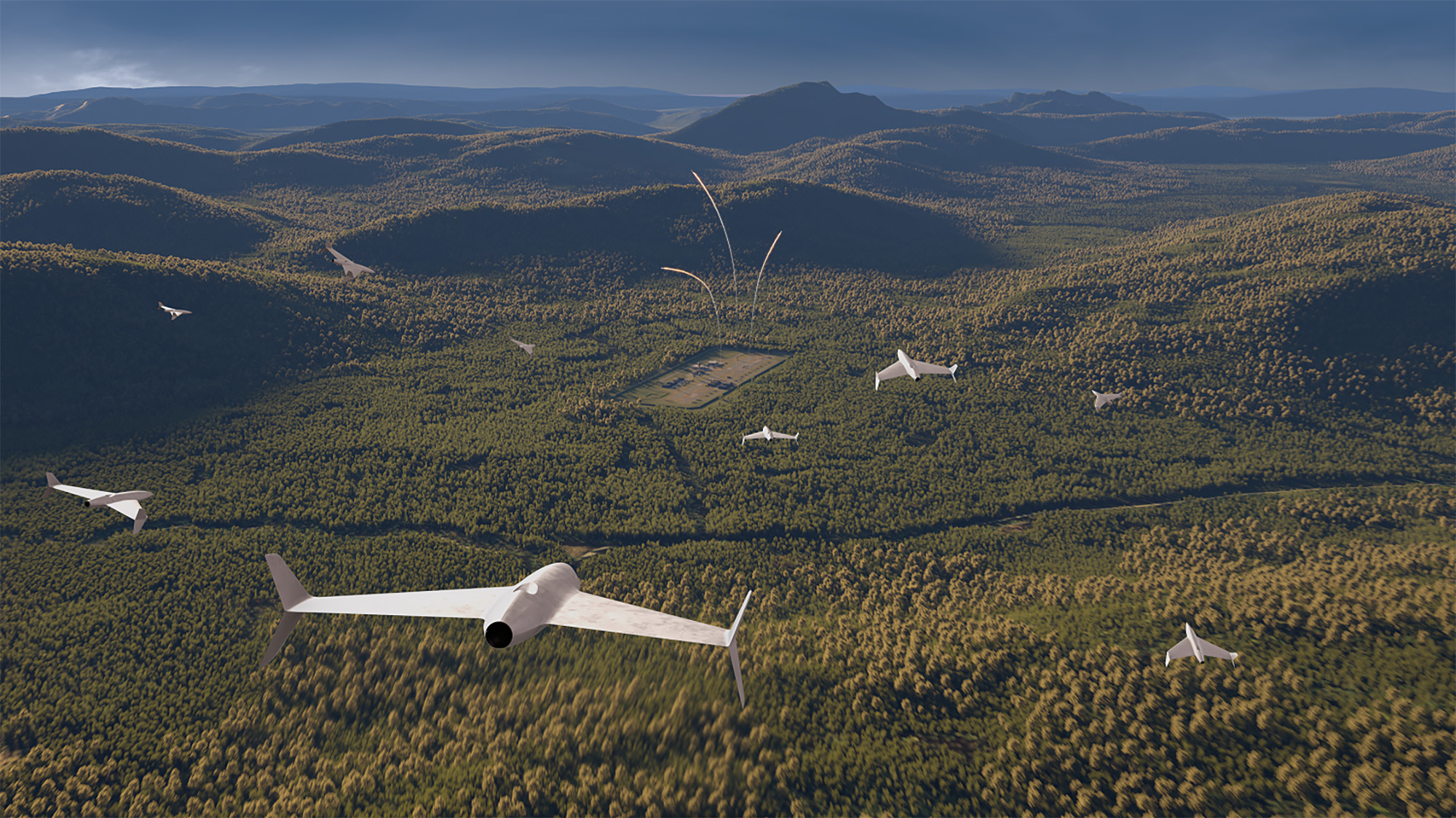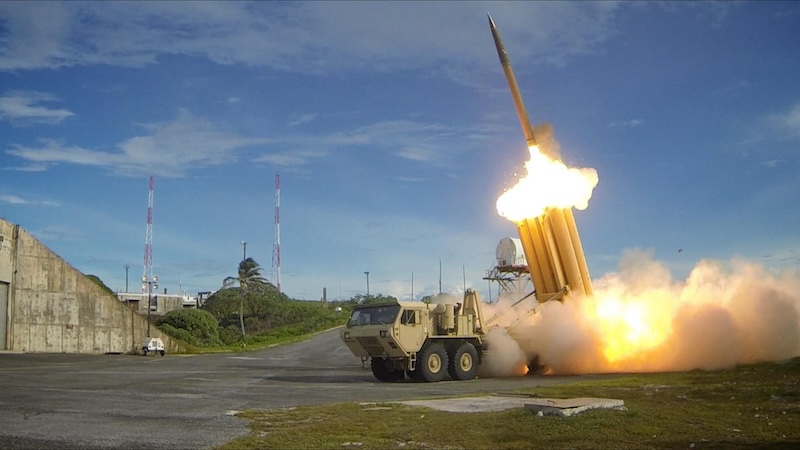‘Yesterday’s facilities,’ unstable workforce among base commanders’ worries
From sinkholes to policing shortages, military leaders laid out their concerns at a Maryland-wide conference.

“Essentially, we’re fighting tomorrow’s wars with yesterday’s facilities, and we need to fix that,” Brig. Gen. Andrew W. Collins, assistant adjutant general of the Maryland Army National Guard, said Tuesday at the Maryland Defense Forum.
Collins joined other Maryland commanders in laying out their concerns at the two-day event, hosted by the state’s government to bring leaders from installations, defense communities and defense-related industries.
It’s a similar story at the U.S. Coast Guard Yard on Curtis Bay, which provides shipyard services for the Coast Guard fleet and others, but lacks the space for larger ships, including the new generation of cutters. Capt. Emily Tharp, the yard’s commanding officer, said there are other pressing challenges too. A sinkhole opened in the facility, she said, trapping a tractor-trailer that was delivering a new engine for a cutter in the maintenance shop. It also has caused bottlenecks as vehicles and workers must navigate it, and the yard lacks the money to fix it fully.
“In the world of ship repair, it's all about minimizing the amount of time you're crisscrossing that facility, because it's time and materials, bringing things on and off that ship, and you need heavy lift equipment to be able to get those things on and off the ship as you repair them,” Tharp said. “We are handcuffed every day because that sinkhole is in the main area where you need to do main transits from the outfitting piers back to the shops.”
Budget constraints are also a big concern across military bases and installations, especially as Defense Secretary Pete Hegseth shifts billions of dollars in the Pentagon budget, including stripping projects intended to harden bases against climate change. Given recent budget trends, Collins said, a National Guard installation can expect to be upgraded every 10 to 12 years, meaning that it could take 270 years to upgrade every facility in Maryland.
That’s “not quite tenable,” he said.
And it’s a similar story for the Coast Guard’s shipyard, which Tharp said last saw a major investment during World War II but needs upgrades to handle maintenance for new, more technically advanced Coast Guard cutters. Space constraints have forced the shipyard to sign a memorandum of understanding with the Army Reserve Depot to have 20 ships docked with them for maintenance on the other side of Curtis Bay, just south of Baltimore.
Modernization will be a “huge endeavor,” she said.
A lack of skilled workers is also weighing heavily on base commanders, with those budgetary concerns and the federal hiring freeze contributing to that too. Many Coast Guard shipyard workers are the fourth or fifth generation of their family to do so, which makes for a “proud workforce,” Tharp said, but portends a major brain drain when they retire.
Meanwhile, those coming into the workforce struggle with basics like using certain hand tools or reading a tape measure, she said, so a lot of training is needed to get them up to speed.
“We're really focusing on craftsmanship and knowing their job, so that way when the call comes, we have to step up and respond, we are ready, and we can give that much more,” Tharp said. “We're just not there.”
Recruiting for other roles on base is just as challenging. Capt. Ryan Gaul, who leads Naval Support Activity Washington in the nation’s capital, said the base is competing with 38 other state, local and federal law enforcement agencies in the area to recruit for security and police roles.
“Getting those folks to do this thankless job and work long hours in a critical role is something that we're constantly working very hard to do,” Gaul said. “And those folks are protecting some very senior people doing some critical missions.”
Gaul’s installation is in an urban area, which makes security challenging even without policing shortages, he said. Given how attacks can be directly targeted at installations, he is worried about drones, and also the everyday worries of being in a city.
“I want to understand what's really behind seemingly innocuous acts that take place at my installation,” Gaul said. “Is that person who made an unauthorized access attempt somebody who got lost on their GPS, or are they probing? Is that person who took a picture outside of my gate a tourist who really likes that cool anchor on M Street in D.C.? Or are they doing surveillance or something for later on?”
Despite the challenges, base leaders said they remain determined to be “good neighbors,” Gaul said.
Col. Christopher Chung, garrison commander at Fort Detrick in Frederick, Maryland, noted that the base is the largest employer in the city and provides $12 billion in regional impact, but it also wants to help invest in widening roads, more resilient sewers and other avenues that can benefit the community at large.
For Gaul, a major issue is parking, as the 17,000 employees at the facility in the Navy Yard neighborhood must now report to work every day and be faced with just 4,473 parking spots. More transit connections would be ideal, he said, while he sees it as imperative to avoid being the reason for traffic gridlock.
“I never thought I’d spend so much time on parking in my entire life,” Gaul said. ]]>


















































































![A look at the jets flying high above the Paris Air Show [PHOTOS]](https://breakingdefense.com/wp-content/uploads/sites/3/2025/06/Rafale_02-scaled-e1750268097167.jpg?#)


























































